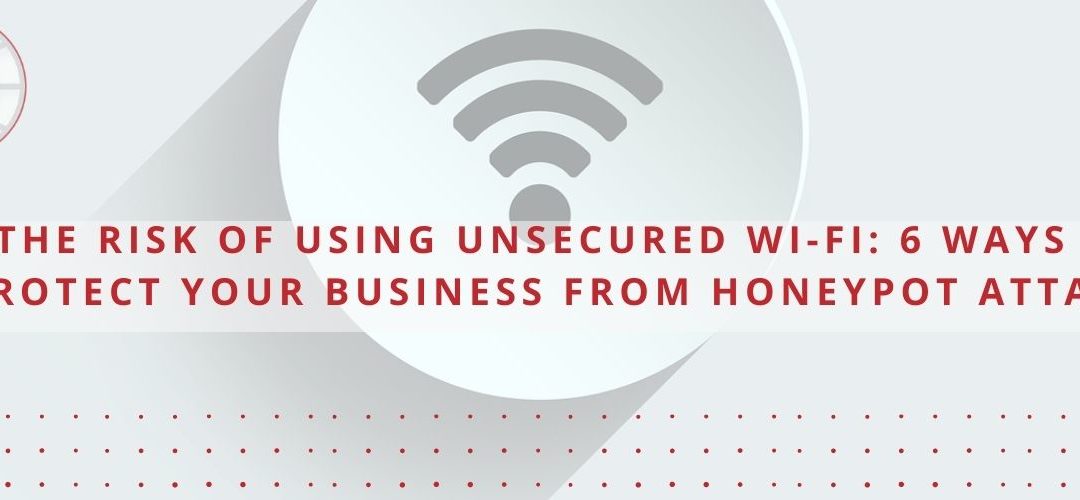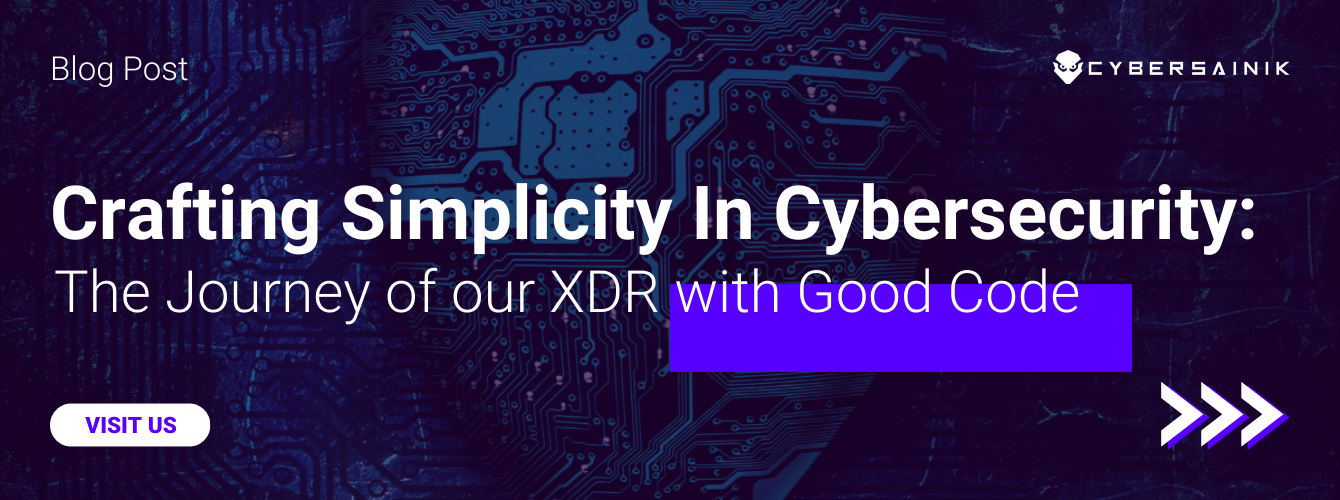We’ve all done it – you’re in a coffee shop getting some work done and you connect to the unsecured network. Where’s the harm, right? Well did you know that cybercriminals have been taking advantage of those who absentmindedly connect to unsecured networks to facilitate a cyberattack? Fake Wi-Fi networks, also known as “hotspot honeypots,” are created by cybercriminals to attract victims and exploit their personal information. In a way, you could think of them like mouse traps or cyberbait. The “honey” is the sticky part that attracts the victims, while the “pots” are what the collected information goes into.
While the concept of hijacking an unsecured network has been around for years, with continuous advancements in technology, fake networks can easily infect several employee and company devices, ultimately endangering your organization. Here are a few ways you can protect your business from a honeypot attack.
1. Establish a Cybersecurity Culture
First and foremost, honeypots are a huge reason as to why it’s critical never to connect to an unsecured network. When a victim is in a coffee shop or public place with free internet, their smartphones and other devices detect networks within range to connect to. To the victim, an unsecured network and a honeypot look the same. Once a victim connects to a fake network, it’s game over— the cybercriminal can easily perform a ransomware attack and compromise your entire company network. This is why it’s imperative to establish a cybersecurity culture in your business. Educate your employees about the dangers of connecting to unsecured networks.
In this training, explain what makes a fake network malicious and how they are detrimental to their personal information and your corporation. With everyone on their mobile devices, your business and employees are much more susceptible to fake networks, increasing your chances of cyberattacks. Additionally, always be prepared with disaster recovery plans in place, should a fake network compromise your organization.
2. Invest in Intrusion Detection and Prevention
Did you know that it only takes a hacker 39 seconds to execute an attack? They can also strike up to 2,244 times a day. Any number of these attempts could stem from users connecting to fake networks. An effective way to protect your business from this is by investing in an Intrusion Detection and Prevention (IDS/IPS) solution.
Intrusion Detection and Prevention (IDS/IPS) is a Security as a Service (SECaaS) solution that works to detect threats in real time, allowing for quick remediation and prevention of future attacks. Thus, if an employee accidentally connects to a fake network, Intrusion Detection and Prevention is already combatting those threats to ensure your business is protected.
3. Use Security Information and Event Management (SIEM)
This is another Security as a Service (SECaaS) cloud solution that can help combat fake networks. SIEM solutions analyze your data logs from network devices, endpoints, and servers. It stores and aggregates the collected data and investigates it for trends.
So, for instance, if your business is affected by a fake network incident, Security Information and Event Management (SIEM) detects the abnormal information as a threat and allows you to investigate alerts that derive from that fake network. In other words, SIEM can pinpoint where threats are coming from so they can be quickly remediated. Ultimately, SIEM gives you confirmation that your network is running as it should and that threats from fake networks can’t enter your system.
4. Implement Email Security
If connected to a fake network, email will typically be the first platform that hackers target, which makes email security a must-have for your organization. 92% of malware is delivered by email. Fortunately, a simple email security investment will prevent you and your employees from becoming a part of that statistic. It protects against common cyberattacks like phishing and spear-phishing while using anti-virus software and blocking spam emails.
5. Invest in Disaster Recovery as a Service (DRaaS)
Disaster Recovery as a Service (DRaaS) is ideal for natural disasters, unexpected outages, human error incidents, and more. Let’s face it, accidents can happen, especially when your employees aren’t educated about fake networks. In the event of a data breach, you can be at ease knowing your information is replicated and can be recovered.
6. Use Trusted & Secure Networks
Like fake networks, trusted and secure networks, are also known as “honeypots,” only they are the good kind. They are systems created by ethical hackers or IT professionals to conduct research and attract and exploit cybercriminals. These networks allow companies to learn cybercriminal patterns to better detect vulnerabilities in their real networks. They can be effective because hackers see them as legitimate victims to target.
For example, if your organization is in healthcare, your IT security might create a secure network that on the outside, looks identical to your healthcare network, when in fact it’s monitoring activity, so you can analyze how criminals entered your network. Trusted networks allow you to trace a hacker’s location, gather details about them, and learn what malicious changes are being made to your network.
However, avoid relying on secure networks as your sole security solution. Although they’re helpful for criminal detection and analysis, they can also backfire. If a cybercriminal realizes that the network is not a legitimate target, they can submit fake information to the secure network. This results in your company making incorrect assumptions and judgments about the hacker and increases exploitation in your real company network.
In short, secure networks are merely used to gather information and trick attackers, but they don’t protect your corporation if the attacker outsmarts it. Ultimately, they should be used in addition to cloud solutions like Security as a Service (SECaaS). Also, keep in mind that secure networks are only effective for organizations that have in-house ethical hackers and IT security teams. If your business does not have this, then you’re better off relying entirely on cybersecurity services from a cloud service provider like Cyber Sainik.
Bottom Line
In a way, you could think of fake networks as cyber bait or mouse traps. The mice are the victims while the cheese on the traps are what attracts them. When it comes to your business, the main takeaway with fake networks is awareness. Your employees must know that these traps exist in cyberspace and they understand that any unsecured network could be malicious. Above all, the most secure way to protect your business from fake networks is through cloud security with a 99.99% protection guarantee. Contact Us for more details




